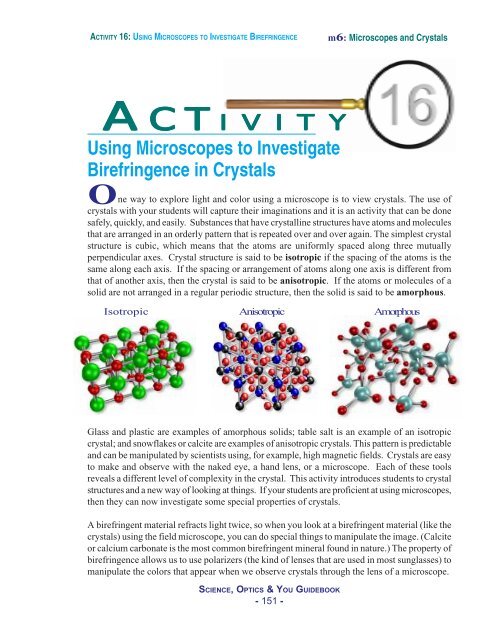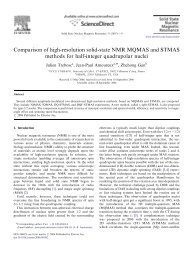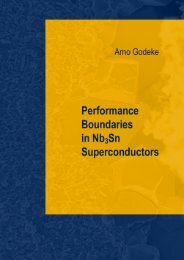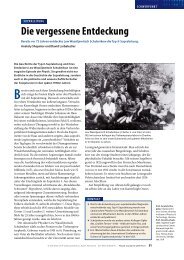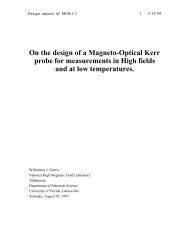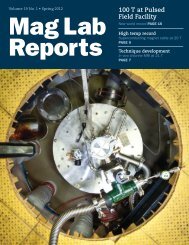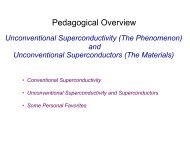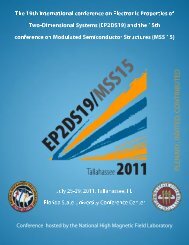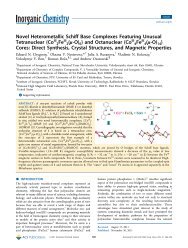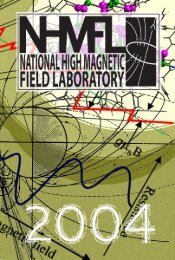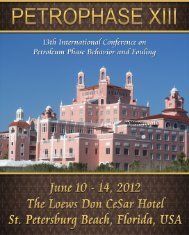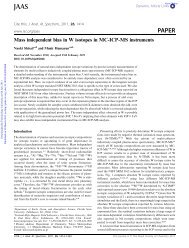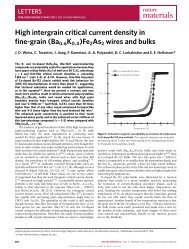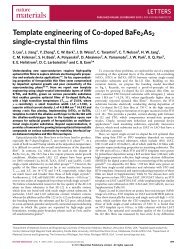Microscopes and Crystals - National High Magnetic Field Laboratory
Microscopes and Crystals - National High Magnetic Field Laboratory
Microscopes and Crystals - National High Magnetic Field Laboratory
Create successful ePaper yourself
Turn your PDF publications into a flip-book with our unique Google optimized e-Paper software.
ACTIVITY 16: USING MICROSCOPES TO INVESTIGATE BIREFRINGENCE<br />
m6: <strong>Microscopes</strong> <strong>and</strong> <strong>Crystals</strong><br />
A CT<br />
Isotropic<br />
CTIVITY<br />
Using <strong>Microscopes</strong> to Investigate<br />
Birefringence in <strong>Crystals</strong><br />
O ne way to explore light <strong>and</strong> color using a microscope is to view crystals. The use of<br />
crystals with your students will capture their imaginations <strong>and</strong> it is an activity that can be done<br />
safely, quickly, <strong>and</strong> easily. Substances that have crystalline structures have atoms <strong>and</strong> molecules<br />
that are arranged in an orderly pattern that is repeated over <strong>and</strong> over again. The simplest crystal<br />
structure is cubic, which means that the atoms are uniformly spaced along three mutually<br />
perpendicular axes. Crystal structure is said to be isotropic if the spacing of the atoms is the<br />
same along each axis. If the spacing or arrangement of atoms along one axis is different from<br />
that of another axis, then the crystal is said to be anisotropic. If the atoms or molecules of a<br />
solid are not arranged in a regular periodic structure, then the solid is said to be amorphous.<br />
Anisotropic<br />
Amorphous<br />
Glass <strong>and</strong> plastic are examples of amorphous solids; table salt is an example of an isotropic<br />
crystal; <strong>and</strong> snowflakes or calcite are examples of anisotropic crystals. This pattern is predictable<br />
<strong>and</strong> can be manipulated by scientists using, for example, high magnetic fields. <strong>Crystals</strong> are easy<br />
to make <strong>and</strong> observe with the naked eye, a h<strong>and</strong> lens, or a microscope. Each of these tools<br />
reveals a different level of complexity in the crystal. This activity introduces students to crystal<br />
structures <strong>and</strong> a new way of looking at things. If your students are proficient at using microscopes,<br />
then they can now investigate some special properties of crystals.<br />
A birefringent material refracts light twice, so when you look at a birefringent material (like the<br />
crystals) using the field microscope, you can do special things to manipulate the image. (Calcite<br />
or calcium carbonate is the most common birefringent mineral found in nature.) The property of<br />
birefringence allows us to use polarizers (the kind of lenses that are used in most sunglasses) to<br />
manipulate the colors that appear when we observe crystals through the lens of a microscope.<br />
SCIENCE, OPTICS & YOU GUIDEBOOK<br />
- 151 -


